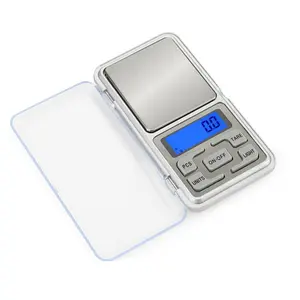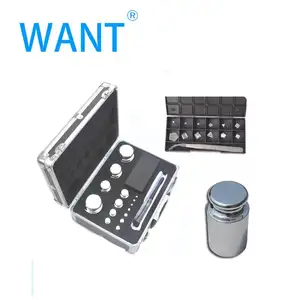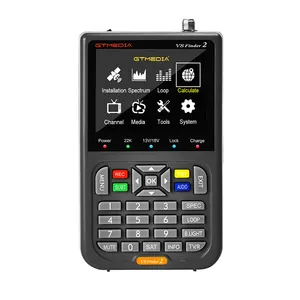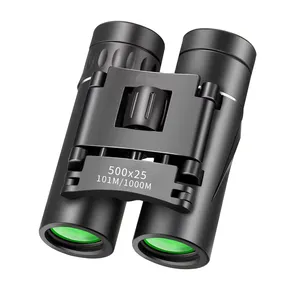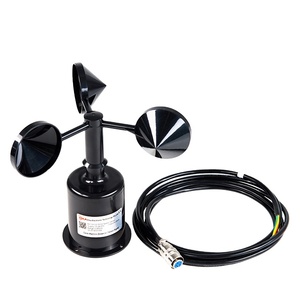Popular in your industry






















































Related Searches:































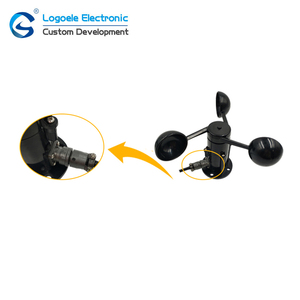




























































































About rs485 anemometer
Introduction to RS485 Anemometers
An RS485 anemometer is a sophisticated instrument designed to measure wind speed and often wind direction. Utilized in various meteorological and industrial applications, these devices are integral to the accurate monitoring of environmental conditions. RS485 refers to the type of communication protocol used by these anemometers, ensuring reliable data transmission over long distances, making them suitable for remote monitoring.
Types and Applications
There are several types of anemometers with RS485 output, including cup, vane, and ultrasonic, each with specific applications. Cup anemometers are commonly used in weather stations for their durability, while vane anemometers are favored for HVAC systems due to their sensitivity to low wind speeds. Ultrasonic anemometers, which measure wind speed and direction with sound waves, are essential in research and aviation for their precision and quick response time.
Features and Materials
The construction of an RS485 wind sensor typically involves robust materials such as aluminum and plastic to withstand harsh environmental conditions. Features may include data logging capabilities, low power consumption, and compatibility with various data collectors and weather stations. The RS485 protocol enhances these devices with strong anti-interference capabilities and the ability to be networked over long distances without signal degradation.
Advantages of RS485 Anemometers
The primary advantage of an RS485 wind speed sensor is its reliability in data communication. These anemometers can be integrated into complex systems for environmental monitoring, industrial automation, and smart agriculture. Their versatility in connectivity and the ability to operate in a multi-drop network make them an excellent choice for scalable deployments.
Selection Considerations
When selecting an RS485 wind meter, it is crucial to consider the measurement range, accuracy, durability, and the specific environmental conditions it will be exposed to. The choice of anemometer will depend on the intended application, whether it is for simple wind speed measurement or for comprehensive weather monitoring systems.
Integrating RS485 Anemometers into Systems
Integrating an RS485 wind gauge into a system requires understanding the communication protocol and compatibility with existing equipment. These devices are capable of being connected to a variety of data loggers and controllers, offering flexibility in system design and functionality.
